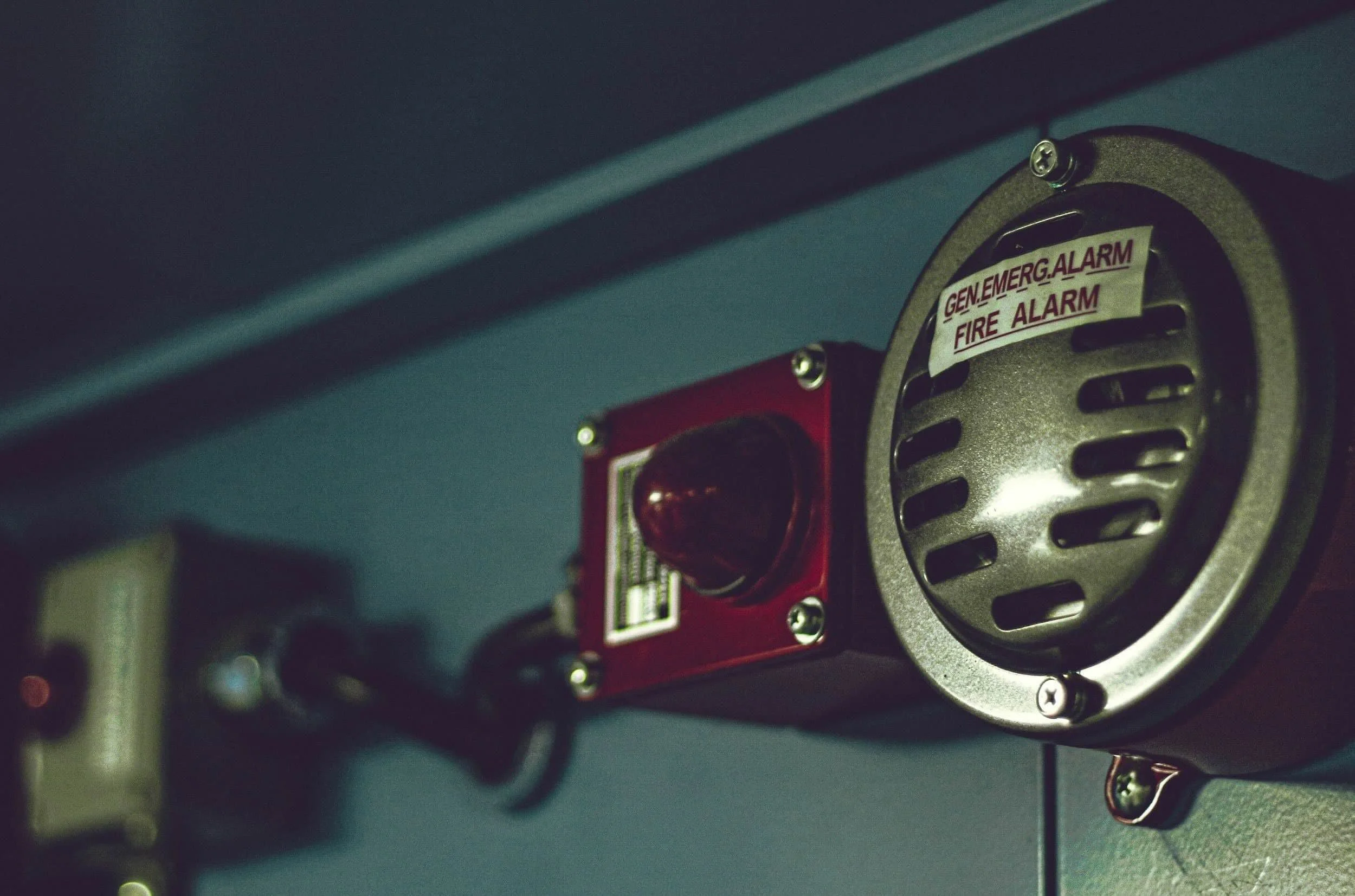Anxiety!
What is it? What to do about it…
Lakeside Rooms psychologist Luke Foster discusses anxiety - understanding what’s really going on in your mind, and some practical tips for dealing with it.
Anxiety isn’t weakness – it’s ancient wiring. It’s your body’s alarm system, built to keep you alive.
Back in caveperson days, you’d hear a rustle in the bushes – could be wind, could be a tiger. Before you even think, your brain’s alarm – the amygdala – fires. Heart racing, breath quickening, muscles tightening. That’s the first-line alarm response – your body’s survival system doing its job.
Fast forward to today: no tigers, same brain. Now the “threat” might be a deadline, a tough conversation, or a worrying thought – not dangerous in the way a tiger is, but the same alarm can still fire.
Think of anxiety like a smoke alarm
Sometimes there’s a real fire – an immediate, identifiable danger. Other times it’s burnt toast – a false alarm. Either way, the alarm sounds the same. it is, the way you tell your story online can make all the difference.
Then comes the second-line appraisal – the thoughts about the alarm:
‘Why am I feeling like this?’
‘What if it never stops?’
‘I just want this feeling to go away!’
‘This feeling is dangerous!’
That’s where everyday anxiety can escalate – not because the alarm went off, but because of how we interpret and react to it. When we label the sensation as unsafe, the body listens – the alarm gets louder… and louder… and louder. (That’s panic!)
Our brains crave certainty – they love 100%. But life doesn’t work that way – there are no guarantees. Anything less can feel unsafe. So we worry, check, and overthink, trying to close the gap.
The real skill? Learning to act with 70–90% certainty – and letting the rest stay unknown.
You can’t stop the alarm from sounding, but you can change how you respond.
If it’s a real fire, you’ll be bloody grateful for your body’s automatic response – heart racing, adrenaline pumping, ready to act.
If it’s just burnt toast, pause, breathe, and remind yourself you’re safe – let the alarm ring without sprinting out of the house every time.
That’s the work: knowing when to act, and when to let the alarm pass.
Change how you think → change how you feel.
‘What if I mess this up?’ → ‘I might – and I can handle it.’
Change what you do → change how you feel.
Avoidance brings relief now but teaches the brain, ‘That really was dangerous.’
Do the small, uncomfortable thing – confidence grows from reps (that’s habituation).
Regulate your body.
Try controlled breathing (box breathing, longer exhale), a physiological sigh (two short inhales through the nose, one long exhale through the mouth), isometric holds, or progressive muscle relaxation.
Signal sent: ‘All good – we’re safe.’
Move.
Exercise steadies the nervous system. Doesn’t have to be perfect – just consistent.
Final Thoughts
You can’t eliminate anxiety – we all experience it. But you can change your relationship with it. It’s not about feeling calm all the time; it’s knowing you can handle the discomfort (and yes, it can be bloody uncomfortable) when it comes.
As always, Lakeside Rooms Psychologists and Psychiatrists are available to help walk this path with you and your family.



